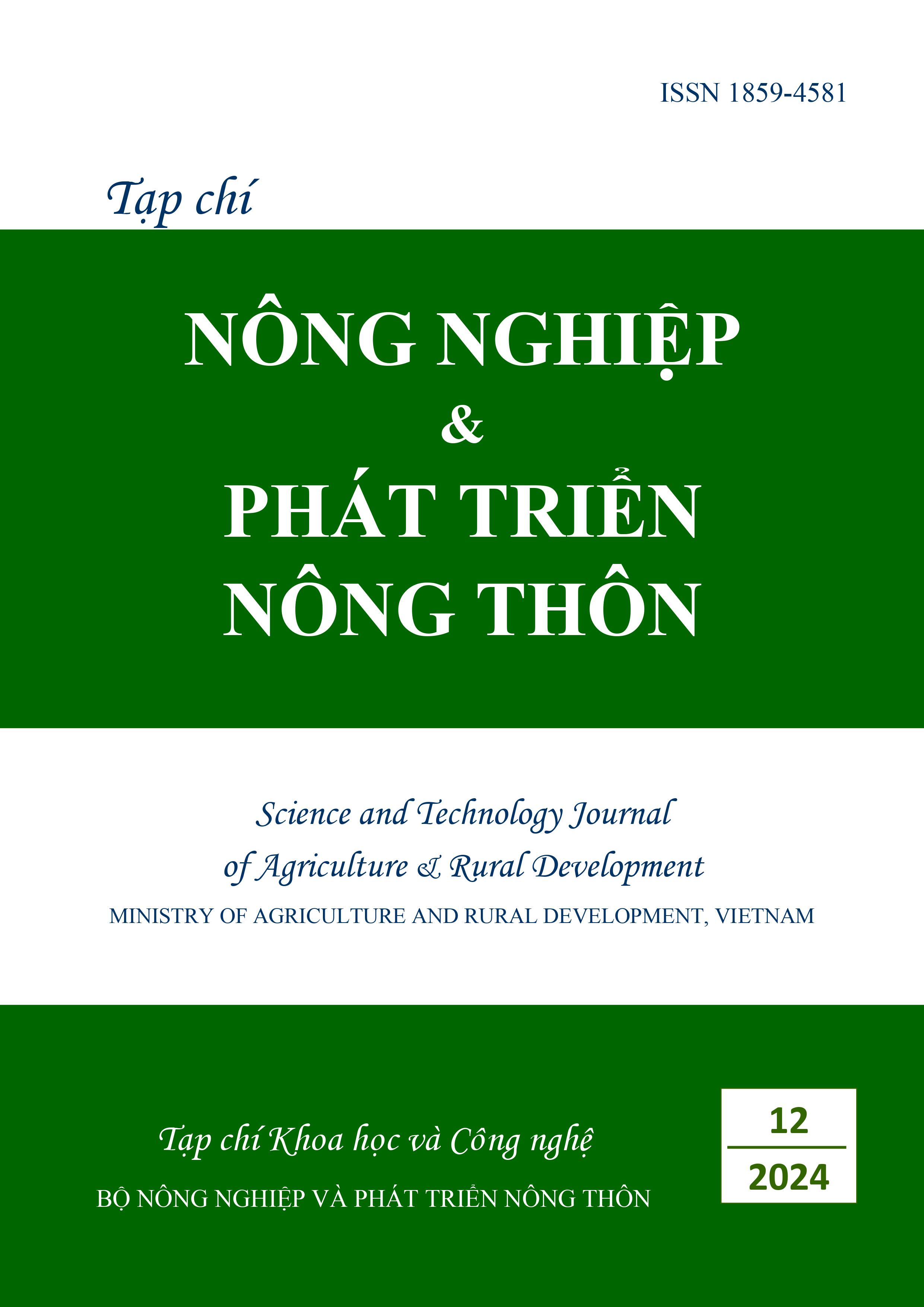EVALUATION OF THE EFFICACY OF COMMON ANTIBIOTICS AND DISINFECTANTS AGAINST V. parahaemolyticus AND THEIR RESISTANCE STIMULATION DEGREE
DOI:
https://doi.org/10.71254/cd7z2p78Keywords:
Vibrio parahaemolyticus, antibiotics, disinfectants, resistant strainsAbstract
This study evaluated the antibacterial susceptibility and the antibiotic resistance of two Vibrio parahaemolyticus isolates from shrimp ponds using 6 antibiotics and 4 disinfectants. Main parameters included the zone diameter of inhibition, minimum inhibitory concentration, minimum bactericidal concentration, and resistant patterns of V. parahaemolyticus towards drugs. Results of susceptibility categorized all drugs into 4 groups: i) high efficiency: doxycycline, enrofloxacin, erythromycin, benzalkonium chloride (BKC); ii) intermediate efficiency: idodine; iii) low efficiency: ampicillin, chlorine, oxytetracycline, amoxicillin; iv) inefficiency: cypermethrin. Differences of all treatments were statistically significant (P < 0,05). Results from the stimulation for antibiotic resistance of V. parahaemolyticus indicated three typical resistant patterns. The group of ampicillin, amoxicillin, cypermethrin and chlorine showed extremely low and short efficacy (5 - 10 days) with a gradual increase in resistance. Meanwhile, oxytetracycline, enrofloxacin and iodine maintained a relatively stable efficacy (14 - 28 days) prior to the sudden increase in resistance. Exceptionally, doxycycline, erythromycin and BKC expressed high efficacy in inhibiting and killing V. parahaemolyticus and did not stimulate the antibiotic resistance within the test time. The study revealed an insight into the actual efficacy of common antibiotics and disinfectants against V. parahaemolyticus and their resistance stimulation degree. Results can orientated proper uses of drugs in prevention and treatment of V. parahaemolyticus in the shrimp farms.






